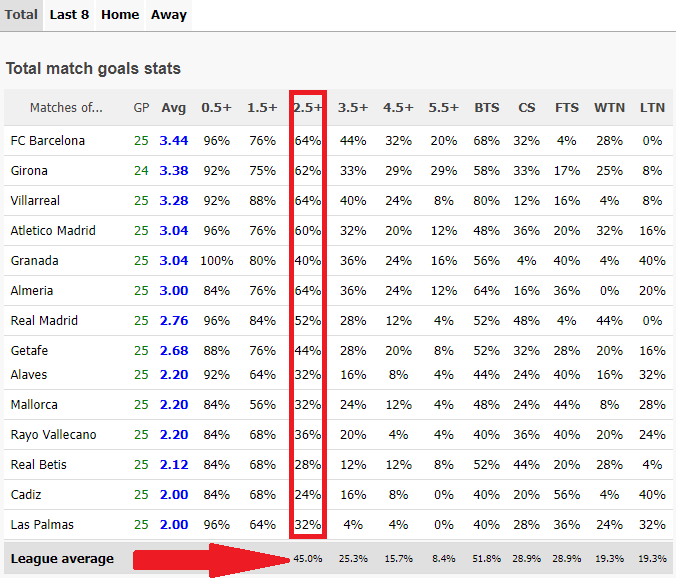As the UEFA Champions League captures the hearts of football fans around the globe, a complex web of numbers beneath the surface shapes expectations and decisions in this prestigious tournament. The odds associated with each match not only reflect market sentiments but also help enthusiasts gain insights into the probabilities of various outcomes, thereby enhancing their viewing experience.
What Are Odds and Their Importance?

Odds serve as a numerical representation of the likelihood that specific results will occur during a sporting event. They translate subjective predictions into objective figures, highlighting the chances of a win, draw, or loss based on multiple factors, including team performance, player injuries, and historical data. For both casual viewers and ardent supporters, understanding these odds helps set realistic expectations and provides clarity for game day.
Different Formats of Odds Explained

Odds can be presented in several formats depending on geographical location or betting platforms:
- Decimal Odds: Widely used internationally, these odds represent the total return for every unit staked. For example, odds of 2.50 indicate a payout of $2.50 for every $1 bet, inclusive of the original stake.
- Fractional Odds: Common in the UK, these are displayed as fractions. For instance, odds of 3/1 mean a bettor wins $3 for every $1 wagered.
- Moneyline Odds: Predominantly used in the United States, these odds can be positive or negative, indicating how much one would win or need to stake for a profit of $100.
Grasping these different formats is crucial for comparing the likelihoods bookmakers assign to various match outcomes.
Interpreting Odds in the Champions League Context
In the realm of the Champions League, odds reflect more than just statistical analysis; they take into account team strength, current form, and external influences such as injuries or home advantage. For example, if Paris Saint-Germain is given odds of 1.60 to win a match against an opponent at 5.00, it suggests a strong expectation favoring PSG from the betting market.
Additionally, odds for draws or niche markets—like first goalscorer or total goals—provide further layers of prediction that enrich how fans and analysts perceive the dynamics of the game.
The Dynamic Nature of Champions League Odds
The odds available on betting platforms are influenced by a multitude of factors, including team statistics, player availability, and past performances. These figures do not merely reflect historical data; they are dynamic and respond to real-time news and changes in market behavior. This fluidity offers a glimpse into the collective judgment of experts and bettors worldwide. For those serious about following or predicting outcomes in the competition, understanding this evolving landscape is essential.
Common Misunderstandings About Odds
Many fans mistakenly view odds as certainties instead of probabilities. Just because a favorite team has short odds does not guarantee victory; those numbers represent relative confidence in that team’s chances. Conversely, long odds assigned to an underdog do not imply that the team has no chance of winning—upsets are a commonplace occurrence in the Champions League.
Furthermore, bettors often overlook how odds fluctuate in response to significant developments such as lineup changes, weather conditions, or even team morale, which can all affect the outcome of a match.
Using Odds Wisely for Predictions
Fans and analysts can make informed predictions by thoughtfully examining Champions League odds. Look for discrepancies between the market odds and personal assessments of a team’s capabilities on any given day. For example, if the odds heavily favor a team, but key players are injured or the team has shown poor form recently, there may be hidden value in backing their opponent or exploring alternative betting markets. Ultimately, the goal is to view odds as a tool for insight rather than an absolute guide.
Complementing Odds with Deeper Analysis
Odds become most potent when paired with comprehensive knowledge of the sport—this includes recent match performance, player fitness, tactical setups, and psychological factors. A well-rounded understanding allows analysts and fans alike to interpret the numbers meaningfully and form predictions rooted in both data and context.
By recognizing the intricate relationship between odds and match outcomes, observers can craft nuanced perspectives on each game within the Champions League. As such, whether you are a fan captivated by thrilling matches or an analyst seeking deeper insights, knowing how to interpret and leverage odds adds a valuable dimension to following the season’s action.
In summary, the UEFA Champions League is as much about strategic thinking off the pitch as it is about athletic prowess on it. By grasping the significance of the numbers behind the matches, fans and analysts can gain a richer perspective on the competition, enhancing their appreciation for this iconic tournament.